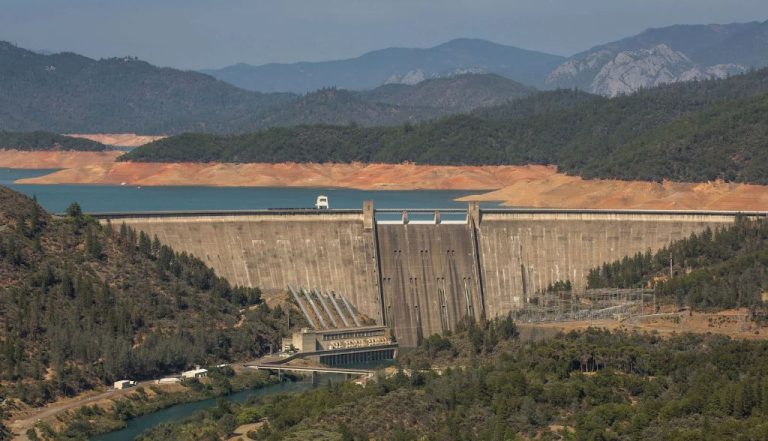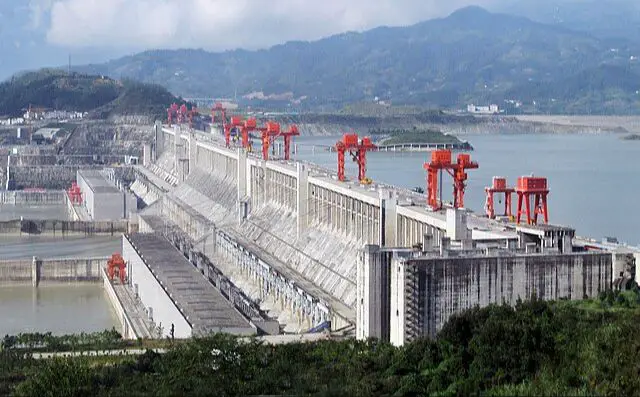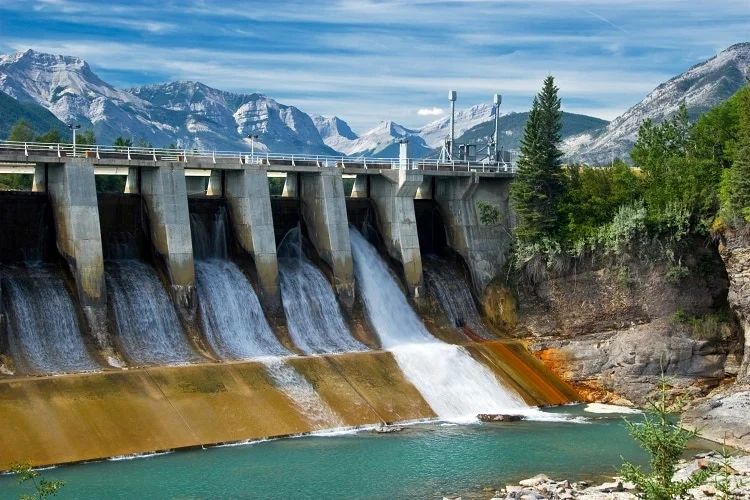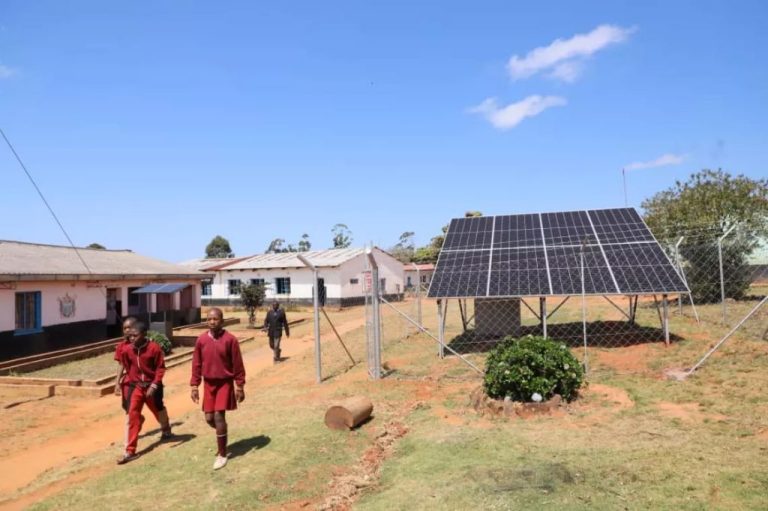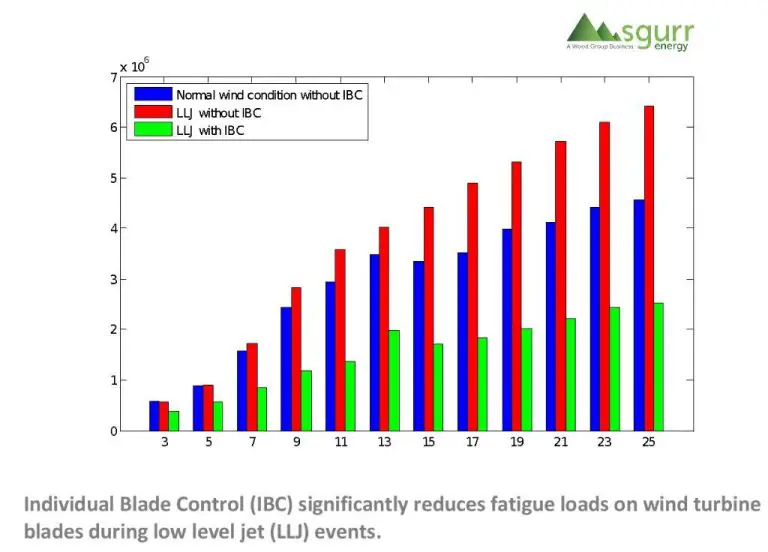What Are The Costs And Benefits Of Hydroelectricity?
Hydroelectricity is the process of generating electricity using the power of moving water. It is a renewable source of energy that relies on the water cycle and gravity to generate electricity. Water flowing downhill is directed to turn turbines which power generators to produce electricity (https://hydroco.ca/introduction/). The goal of this piece is to objectively weigh the costs and benefits of hydroelectric power, looking at both the advantages it offers as well as the potential downsides.
Overview of Hydroelectric Power
Hydroelectric power plants generate electricity by harnessing the power of flowing water. Here’s how they work:
A dam is constructed to block and divert a river’s flow into an artificial lake called a reservoir. The water in the reservoir builds up pressure as it accumulates behind the dam. Some of this pent-up water is channeled through pipes called penstocks down to a powerhouse at the base of the dam.
Inside the powerhouse are turbines connected to generators. As the water travels through the penstock pipes, it strikes and turns the turbines at a high speed. This rotational motion causes the generators to spin and produce electricity. The electricity is then transported via huge transmission lines to substations, where transformers step up the voltage for distribution to homes and businesses.
After passing through the turbines, the water flows out of the powerhouse into a downstream riverbed or other waterway. Dams are equipped with spillway gates that can release excess water if the reservoir becomes too full, preventing flooding. The height of the water drop and the amount of water flowing determine the amount of electricity generated.1
Benefits of Hydroelectricity
Hydroelectric power offers several key benefits that make it an attractive energy source:
Clean, renewable energy source: Hydroelectricity does not produce any direct waste or emissions like fossil fuels, making it one of the cleanest energy sources available today. According to the U.S. Department of Energy, hydropower is a sustainable and renewable energy source that relies on the water cycle and does not deplete water resources when properly managed.
Low operating costs once built: While hydroelectric power plants have high upfront costs, their operating costs are quite low compared to other sources. The fuel they use (flowing water) is free and does not need to be purchased, transported or processed like coal or natural gas. This makes the electricity produced very cheap once the dams and infrastructure are in place.
Energy storage capabilities: Hydropower can provide energy storage by holding water behind dams and then releasing it to generate electricity on demand. This makes hydroelectricity a flexible power source that can easily adjust output to meet peak energy demands.
Low Greenhouse Gas Emissions
Compared to fossil fuel power plants, hydroelectric dams produce very low greenhouse gas emissions. According to the International Hydropower Association, the median greenhouse gas emission intensity for hydropower is 24 gCO2-eq/kWh, while coal power plants emit 820 gCO2-eq/kWh on average (Hydropower’s carbon footprint, n.d.). A 2021 study in MDPI also found that a 1% increase in hydropower consumption reduces CO2 emissions by 0.08%, while a 1% increase in coal consumption increases emissions by 0.56% (Pata, 2021). Hydropower relies on the water cycle and does not burn fuels, allowing it to produce electricity with minimal carbon dioxide and air pollution.
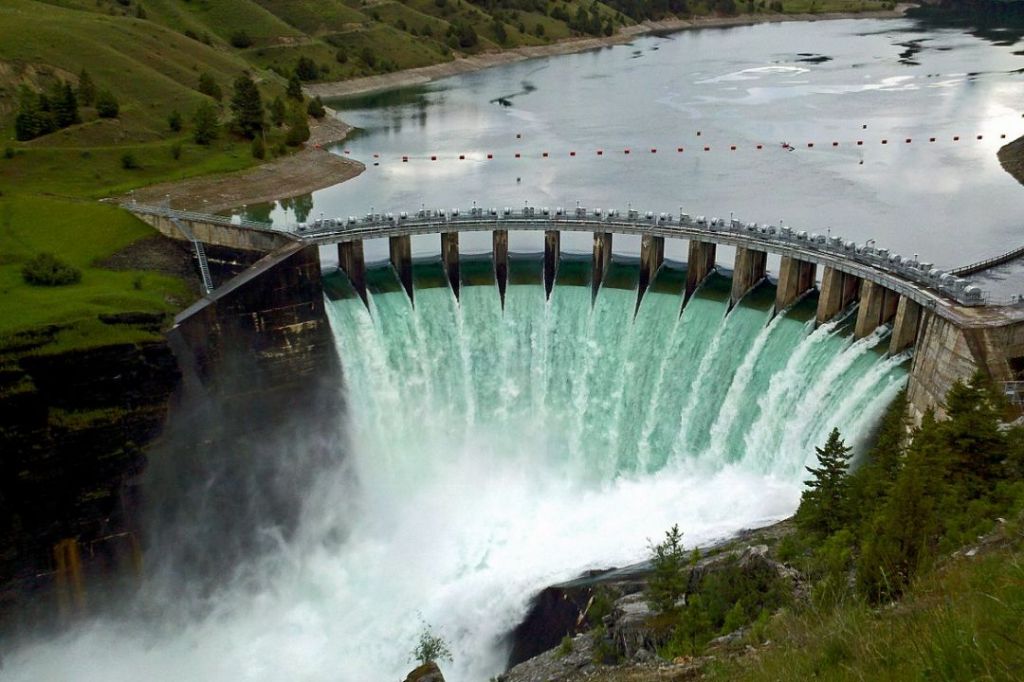
Cite: Hydropower’s carbon footprint. (n.d.). Retrieved from https://www.hydropower.org/factsheets/greenhouse-gas-emissions
Cite: Pata, U. K. (2021). The Influence of Hydropower and Coal Consumption on Environmental Degradation: Fresh Insight from the Perspective of Next 11 Countries. MDPI Water, 13(10), 1387. https://doi.org/10.3390/w13101387
Flexibility and Storage
One of the key benefits of hydroelectric power is its flexibility and ability to store energy. With pumped storage capabilities, excess electricity can be used to pump water from a lower reservoir to an upper reservoir. When electricity demand is high, the stored water can then be released from the upper reservoir through a turbine to generate electricity (https://www.hydropower.org/blog/let-e2-80-99s-get-flexible-e2-80-93-pumped-storage-and-the-future-of-power-systems). This allows hydroelectric plants to adapt to changes in electricity demand.
For example, Dinorwig Power Station in Wales has the capacity to generate 1,728 megawatts of electricity within 16 seconds, by releasing water from its upper reservoir to its lower reservoir. This helps meet peak evening electricity demand across the UK grid (https://www.i-energy.info/supply/hydropower-and-flexibility/). The rapid reaction time and energy storage capabilities provide crucial grid stability services. Similar pumped storage facilities exist in countries like Austria, Switzerland, and the United States.
Overall, the pumped storage component of hydroelectric plants allows them to store potential energy and quickly ramp up electricity generation as needed. This makes hydropower a flexible renewable resource that can balance variable supply and demand.
Low Operating Costs
Once a hydroelectric dam and power plant is constructed, the operating costs over the long-term are relatively low compared to other sources of electricity generation. According to data from Statista, the average operating expense for hydroelectric plants run by major U.S. investor-owned utilities ranged between 0.73 and 1.39 mills per kWh from 1998 to 2022, with more recent years on the lower end of that range.
A report by the International Renewable Energy Agency found that operation and maintenance costs for hydropower globally are typically 1.5-2.5% of initial investment per year.1 This is largely because once constructed, the hydroelectric plant has relatively low fuel costs and the equipment does not need frequent replacement like thermal plants. Dam and turbine maintenance and staffing are the primary expenses.
The low operating costs make hydropower an economical way to generate electricity over the long-term, often providing some of the lowest cost electricity. The costs are especially low for large hydroelectric projects that benefit from economies of scale.
Downsides of Hydroelectricity
While hydroelectric power provides clean, renewable energy, it also comes with some downsides. Three major downsides of hydroelectric dams are habitat destruction, methane emissions, and geologic impacts.
When a dam is built, it can destroy or alter natural habitats both upstream and downstream. The dam blocks fish migration routes and changes natural water flows that plants and animals depend on (Examining the Pros and Cons of Hydroelectric Energy). Reservoirs created by dams flood vegetation and can decimate local ecosystems.
Hydroelectric reservoirs emit significant amounts of methane, a potent greenhouse gas (The downsides of hydropower). Methane is produced when vegetation decomposes underwater. Reservoir emissions can counteract the climate benefits of non-carbon hydro power.
Dams and reservoirs heavily impact local geology and can cause increased seismic activity. The weight of the water changes pressures on fault lines and the erosion of the reservoir shoreline can trigger landslides (Pros and Cons of Hydroelectric Energy). Reservoirs may also leach minerals from flooded soil into the water.
Environmental Impacts
Hydroelectric dams can have significant environmental impacts by altering the natural landscape and ecosystems. Damming rivers floods large areas of land, changing habitats and disrupting wildlife populations that depend on the original river system. According to research, hydroelectric dams lead to habitat fragmentation and loss of terrestrial biodiversity. Flooding land for the reservoir destroys forests, wetlands, and other important ecosystems.
The changes to river flow, temperature, and sediment transport also negatively impact aquatic ecosystems and migratory fish populations like salmon. Dams act as barriers that block fish from reaching spawning grounds upstream. They alter natural flood cycles that support river ecology and nutrient flows. Overall, hydroelectric dams disrupt the connectivity of river systems and greatly transform natural habitats. Wildlife must adapt to an entirely new human-engineered environment.
Methane Emissions
While hydropower emits much less greenhouse gas emissions compared to fossil fuels, reservoirs created by hydroelectric dams can produce significant amounts of methane through the decomposition of organic matter that ends up underwater as a result of the damming. According to Dam Accounting: Taking Stock of Methane Emissions From Reservoirs, some reservoirs emit methane at rates comparable to fossil fuel power plants. The methane is produced by microbes in the reservoir that break down organic matter like trees and plants that decompose after flooding.
One study cited in ‘Giant Methane Factories’: Hydropower Has Long Been Overlooked as a Major Source of Greenhouse Gases estimated that methane makes up at least 1.3 percent of total global greenhouse gas emissions, though many scientists believe the actual percentage is likely higher. The methane emissions can vary substantially between reservoirs based on factors like climate, vegetation and water depth. While hydropower is still considered low-carbon compared to fossil fuels overall, the methane emissions are significant and need to be accounted for.
Conclusion
In conclusion, hydroelectric power provides significant benefits but also some downsides that must be considered. The main benefits are its low greenhouse gas emissions compared to fossil fuels, flexibility to generate power on demand, and relatively low operating costs once facilities are constructed. However, hydroelectric dams and reservoirs can negatively impact the local environment, wildlife habitat, and communities. There are also concerns about methane emissions from vegetation and sediment that accumulates in reservoirs.
Looking ahead, hydroelectricity will continue playing an important role in renewable energy generation in suitable locations. With careful planning and mitigation strategies, the benefits of hydro power can be realized while minimizing the downsides. Opportunities exist to upgrade existing facilities and optimize operations to increase energy production. Overall, hydroelectricity remains one of the leading renewable energy sources available today.

